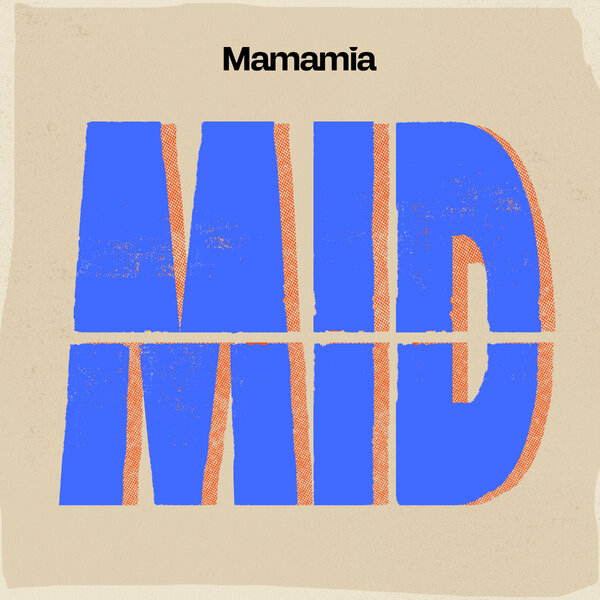Author and journalist Anneli Knight is passionate about Broome’s sunsets, indigenous Australian bookstores, mango wine and famous pearls.
Broome presents you with a kaleidoscope of colour. Imagine opaque aqua waters glowing around mangroves framed by deep, red cliffs. Imagine 40 kilometres of white sand stretched into the horizon alongside long flat sandbars covered in a thin layer of water that reflects pink and orange sunset fusions.
This seaside town in the far-north west corner of Australia is one of the world’s most remote and spectacular beachside destinations. It is 5000 kilometres away from Sydney and Melbourne and offers grand skyscapes, an intense immersion into the natural world, and a total sense of isolation and escape – but with a suite of luxuries right there for you to indulge in.
The natural beauty of Broome is why you should travel there. Your visit could include an evening walk along Cable Beach watching the sun disappear behind the Indian Ocean before seeing a stage full of stars take their place in the sky. On a different night you could settle down on the cliffs for hours at Gantheaume Point and inhale a comic-style animation as the statuesque sandstone cliffs reflect shades of red you would not have believed exist in the real world. Town Beach is another well-coveted cove – much smaller in scale, but the blues of the water more dramatic and varied alongside a shoreline dotted with the bulbous Boab trees that characterise this region of Australia.
The town of Broome has a fascinating history as a pearling town that brought together a vibrant mix of Asian, Aboriginal and European cultures. This history is written into the maps of the place. The main strip of shops is called Chinatown, the Japanese Cemetery holds dozens of pearlers’ graves, and rows of high-end art galleries reveal the work from Indigenous and international artists. Probably the fastest way to step into Broome’s history is to watch a film in a deckchair under the stars at Sun Cinemas that was converted from a Japanese playhouse to an open air cinema in 1913.





























































































